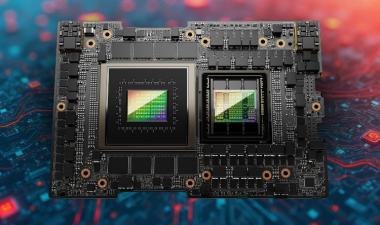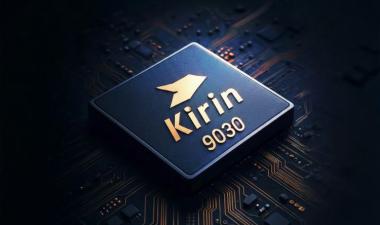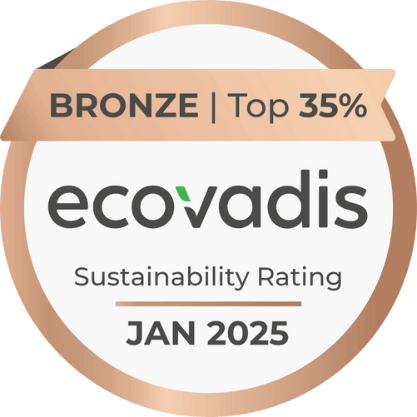iPhone 16 Pro vs. Pixel 9a: Premium Power Meets Affordable Innovation
5 Min Read July 29, 2025
Explore the key differences between the iPhone 16 Pro and Pixel 9a, from processor cost and camera setup to display, pricing, and market share. Powered by TechInsights Insightful Chat.
When Apple and Google launch new smartphones, the market pays attention—but for different reasons. The iPhone 16 Pro continues Apple’s legacy of high-end performance and innovation, while the Pixel 9a represents Google's push to bring AI-driven features to a broader audience at an affordable price point.
At TechInsights, we dig into what makes these devices different—beyond the surface—by analyzing their components, costs, and design choices.
Processor Power and Cost
The iPhone 16 Pro is powered by Apple’s new Hexa-Core A18 processor, while the Pixel 9a uses Google’s Octa-Core Tensor G4. While both are capable chips, our analysis shows that Google places a larger investment in its processor, the Tensor G4 accounts for 29.87% of the Pixel 9a’s total BOM (Bill of Materials). By contrast, Apple’s A18 makes up 19.75% of the iPhone 16 Pro’s BOM, a sign of Apple's well-optimized vertical integration.
Camera Technology
Apple again leads in camera sophistication. The iPhone 16 Pro features a triple-lens system:
- 48 MP wide
- 12 MP periscope telephoto
- 48 MP ultrawide
The Pixel 9a, while capable, offers a single 48 MP wide-angle rear camera. For users focused on mobile photography, especially zoom and ultrawide performance, Apple’s offering is more advanced.
Display and Connectivity
Both phones feature a 6.3-inch display, but the Pixel 9a uses a 2424 x 1080 AMOLED panel, delivering crisp visuals at a lower cost.
In terms of connectivity:
- Both phones support Wi-Fi 6E and Bluetooth 5.3
- Only the iPhone 16 Pro supports Wi-Fi 7, giving it an edge in future-proof wireless performance
Pricing and Market Strategy
The Pixel 9a’s biggest advantage is affordability. It launched at a significantly lower price point than the iPhone 16 Pro, aligning with Google’s strategy to grow ts global user base.
However, market adoption tells a different story. In India, a key growth market:
- Apple captured around 8% market share in 2024
- Google’s Pixel remained under 1%, despite the lower price tag
This gap reflects the strength of Apple’s brand, ecosystem, and premium appeal—even in price-sensitive regions.
While the iPhone 16 Pro and Pixel 9a serve different segments of the smartphone market, both reflect strategic design and component decisions. At TechInsights, we uncover the true value inside the device, helping companies understand where the competitive edge really lies—whether it's in silicon cost, camera innovation, or connectivity choices.
All of this information was brought to you by TechInsights Insightful Chat—your real-time source for semiconductor data, analysis, and insights.
Whether you're comparing flagship devices or exploring market trends, Insightful Chat delivers answers backed by the world’s most trusted semiconductor intelligence.








